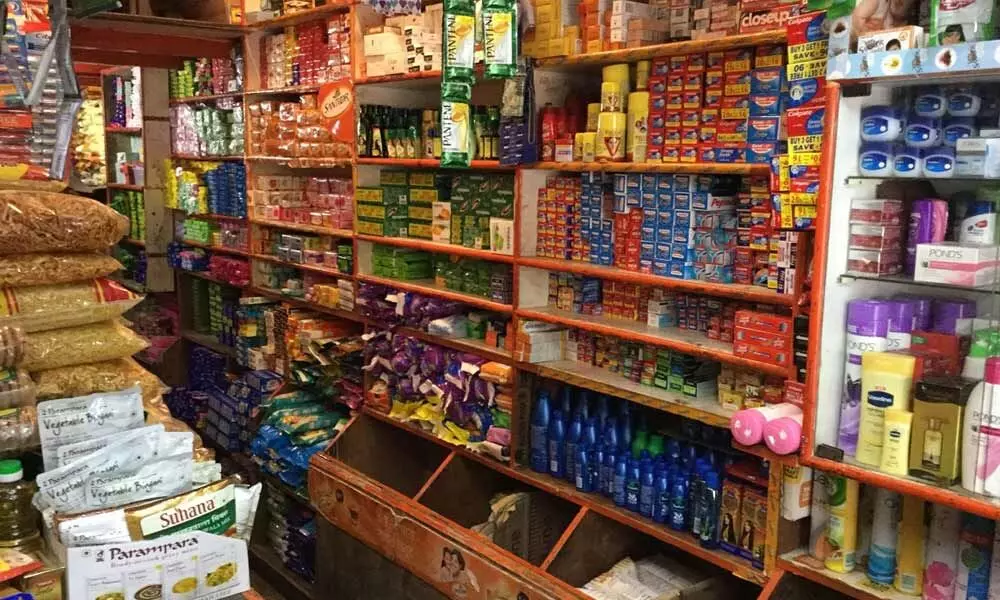Kirana stores need to digitise their sales to stay afloat
By 2024, India's e-commerce industry is expected to rise by 84 per cent to $111 billion, driven by mobile shopping, which is projected to grow at 21 per cent annually over the next four years.
image for illustrative purpose

By 2024, India's e-commerce industry is expected to rise by 84 per cent to $111 billion, driven by mobile shopping, which is projected to grow at 21 per cent annually over the next four years. In 2020, the most common payment methods online were digital wallets (40 per cent), followed by credit cards (15 per cent) and debit cards (15 per cent). Online penetration of retail is expected to reach 10.7 per cent by 2024 versus 4.7 per cent in 2019.
It does not require any rocket science to understand that increasing internet penetration and smartphone and social media use have driven the growth of e-commerce in India. Exorbitant real estate prices, high operational costs and the lack of appropriate retail spaces have restricted the expansion of larger physical stores, forcing big retailers to turn to e-commerce platforms as a growth avenue in addition to their websites and existing physical stores, if any. E-commerce has become increasingly popular, even in Tier-II and Tier-III cities, due to services like cash-on-delivery and free home delivery, deep discounts, flexible payment options and buy-back policies, and the availability of a wide variety of products. At this outset, the debate over Kirana stores Vs e-tailing and the question of whether Kirana stores would exist any longer are extremely pertinent. Interestingly, the grocery sector accounts for half of India's retail consumption, and kirana stores - conventional stores, often family-run, that meet emergency, fill-in and stock-up requirements - account for about 90 per cent of the grocery retail market. At present, there are over 12 million operational kiranas across the country.
Despite the emergence of supermarkets and hypermarkets and the growth of online grocery stores such as BigBasket and Grofers, kiranas remain a preferred option among a majority of Indians since such stores are at the 'heart of hyper-local.'
Kiranas played an extremely important role during the Covid-19-induced lockdown, morphing into the 'new supermarket.' Although the lockdown and coronavirus mitigation protocols forced more consumers to shop online, the e-commerce industry was hard hit as it was not deemed an essential service (and could not deliver goods) and due to other issues like last-mile logistics. The retail sector incurred massive losses of about Rs5.50 lakh crore (approximately $75 billion), and at least 20 per cent of Indian retailers shut their businesses due to Covid-19. Even kirana stores were impacted by the lockdown - over 6,00,000 of them are estimated to have shut down in the first two months of the lockdown in 2020.
There is no doubt that the growing organised grocery retail sector could pose some threats to kiranas in terms of volume of business and profits. For the record, the share of organised retail in India's total retail was expected to reach 20 per cent by the end of 2020, from around 8 per cent in 2013, while the share of traditional retail (represented by kiranas) is expected to dip to around 80 percent in the next year or so.
The solution to this Kirana Vs e-tailing debate does not lie in conflicts, but in harmonious blend, a hybrid approach. Kirana stores or small retailers must digitise their sales and business operations. True that acquiring new digitally savvy consumers would be a major challenge for kirana retailers, who are mostly digitally-challenged and cannot provide modern services like online ordering, but they will have to get accustomed to these.

